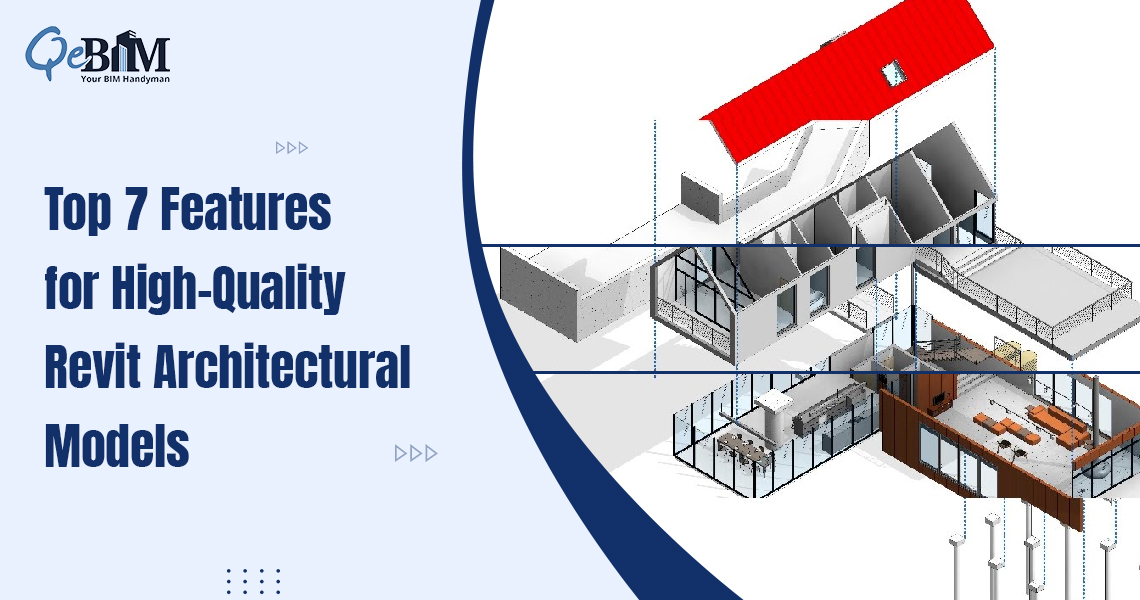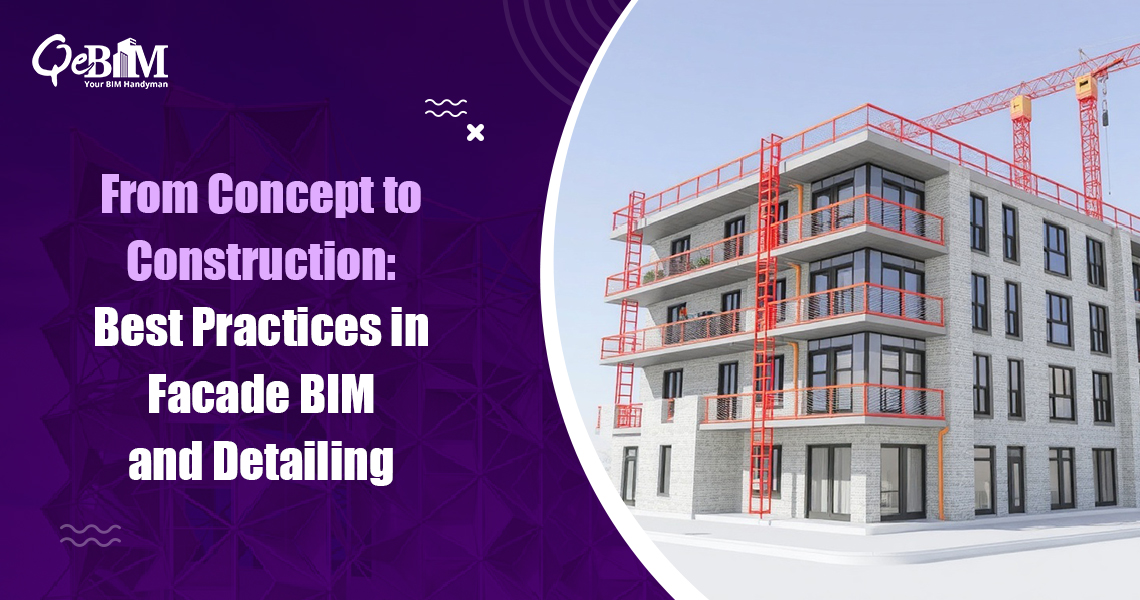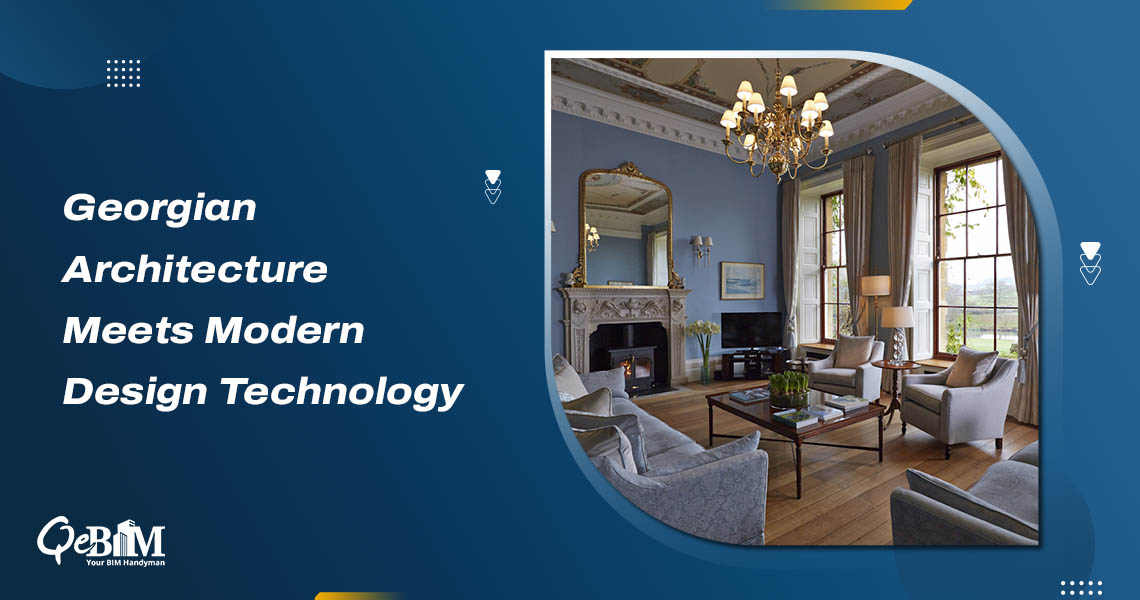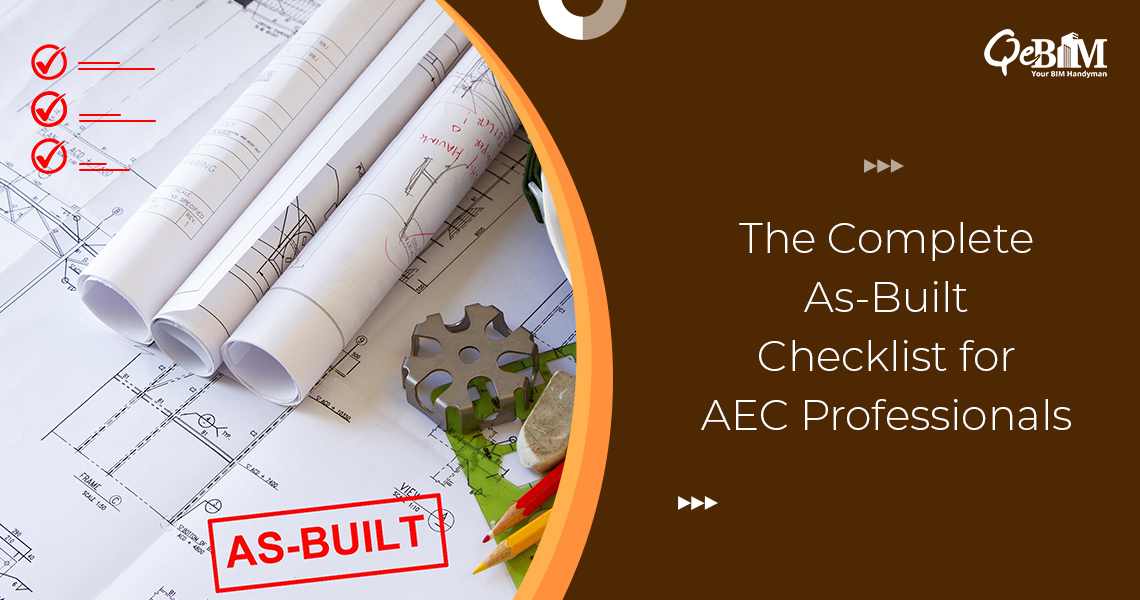In the fast-evolving AEC industry, Revit has become the go-to tool for the architects, engineers and construction professionals. Its parametric design capabilities, intelligent data integration and collaboration features makes it essential for the modern building design. However, a high-performing Revit architectural model is more than just the geometry — it’s a strategic digital asset.
In this blog, we will cover the 7 must-have features every Revit architectural model should include along with the best practices to follow. These elements are vital for the firms offering the Architectural BIM Services or engaging with the Revit Modeling Services to deliver the well-coordinated, data-rich and efficient models.
1) Proper Project Setup and Template Configuration
Why It Matters:
The foundation of a well-executed Revit model lies in a standardized project setup. It sets the stage for the consistency, accuracy and collaboration.
Best Practices:
- Use company-specific or industry-standard templates with the preloaded families, view templates and even the settings.
- Define the project units, locations and the project information at the beginning itself.
- Enable the worksharing early for the multi-user environments.
- Maintain a centralized template repository for the consistency across the projects.
Bonus Tip: Include the phase filters and design options in your templates to streamline the complex project workflows.
2) Accurate Building Levels and Grids
Why It Matters:
Levels and grids provide the structural and spatial framework for the entire model thereby helping to ensure the precise alignment of the architectural and MEP elements.
Best Practices:
- Set all the levels before modeling elements like floors, roofs or ceilings.
- Maintain consistent naming conventions (e.g., “Level 01 – Ground Floor”).
- Lock grids to reference the planes where needed.
- Use scope boxes to organize the large projects.
Bonus Tip: Avoid modifying the levels after the modeling begins as this can lead to cascading the alignment errors.
3) Well-Defined Project Base Point and Survey Point
Why It Matters:
Project geolocation is critical for the accurate site coordinations especially when working with the civil models, topography or even the linked consultant files.
Best Practices:
- Set the Survey Point to match the real-world coordinates using the CAD or GIS references.
- Keep the Project Base Point aligned with the building corners or even with the known benchmarks.
- Never ever move these points casually instead use the “Specify Coordinates at Point” rather than just dragging.
- Share coordinate systems with collaborators early.
Bonus Tip: Use the “Publish Coordinates” tool when linking models to maintain the global accuracy.
4) Comprehensive and Parametric Families
Why It Matters:
Parametric families enables the intelligent, flexible modeling that supports the variations without recreating the components.
Best Practices:
- Use shared parameters for the consistency across the families.
- Avoid using excessively complex geometry that may impact the model’s performance.
- Include proper material parameters and classifications.
- Test parametric behaviors (visibility, constraints) before inserting into the project.
Bonus Tip: Maintain a clean family library and routinely audit it for the outdated or unused components.
5) Clean and Organized Model Structure
Why It Matters:
A well-organized model supports the collaboration, reduces the confusion as well as ensures the long-term usability.
Best Practices:
- Follow the naming conventions for the views, sheets, elements and file names.
- Use worksets, filters and view templates appropriately.
- Delete unused views, families and even the design options.
- Keep annotations on appropriate annotation views (not 3D views).
Bonus Tip: Use “Purge Unused” and “Audit” tools regularly to clean up the model and maintain the performance.
6) Model Elements with Proper BIM Parameters
Why It Matters:
BIM is all about the data. Rich parameters in model elements supports the analysis, documentation and downstream even uses it like the facility management.
Best Practices:
- Use the industry-standard parameters for walls, doors, rooms, finishes, etc.
- Ensure every room or space has a unique identifier and properties like occupancy, finishes and department.
- Apply fire ratings, material specs and performance metrics to applicable components.
- Keep shared parameters synced across the linked models.
Bonus Tip: Leverage the schedules and filters to verify the parameter completeness and even the consistency.
7) Integrated Data for Scheduling and Quantity Take-off
Why It Matters:
Revit models should provide the real-time data insights and not just the geometry. Integrated data reduces the manual errors and accelerates the cost estimations along with the construction planning.
Best Practices:
- Create custom schedules for the rooms, areas, materials and components.
- Use calculated fields to show the totals, counts and even the conditional values.
- Tag all the elements properly to maintain the traceability.
- Use filters in views to visualize the missing or incorrect data.
Bonus Tip: Link schedules to sheets and documentation early to catch data gaps before the construction documents are issued.
Final Thoughts
Revit offers the powerful modeling and documentation capabilities but only when used with care and the discipline. By embedding these 7 must-have features and following the outlined best practices, your architectural Revit models can serve as the smart, scalable assets from the concept through construction and even into the operations.
Whether you’re building the in-house models or outsourcing to professionals, leveraging the quality Architectural BIM Services or expert Revit Modelling Services ensures that your project meets the highest standards of accuracy, coordination and the data integration.





